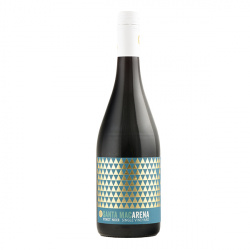WE ARE OPEN 10AM - 4PM GOOD FRIDAY, 18 APRIL 2025
Espinos y Candos
It is almost a cliché to suggest that Chile is a viticultural paradise but with natural barriers and protection in the form of deserts, mountains and oceans it really is one of the most exciting places in the world to make wine.
Chile’s climate features the warm, dry summers and cold, rainy winters that vines love. It is highly influenced by the cooling effect of the Pacific Ocean, and specifically the Humboldt Current flowing northwards from Antarctica up the western coast of South America. If it wasn’t for this current, cool ocean breezes would not penetrate inwards through the various river systems that traverse the sub-regional valleys and Coastal mountains.
Clouds and mists form but little or no precipitation, which then contributes to making the Atacama Desert the driest on Earth! Together, these climatic characteristics maintain healthy conditions and protect vineyards against pests and disease.
The growing season revels in bright sunny days and temperatures that take a dramatic dip each night to create the broad daily temperature oscillation that wine grapes need to develop fresh fruit flavours, crisp acidity and in the case of red wines, ripe tannins, deep colour, and high levels of antioxidants and flavonols.

